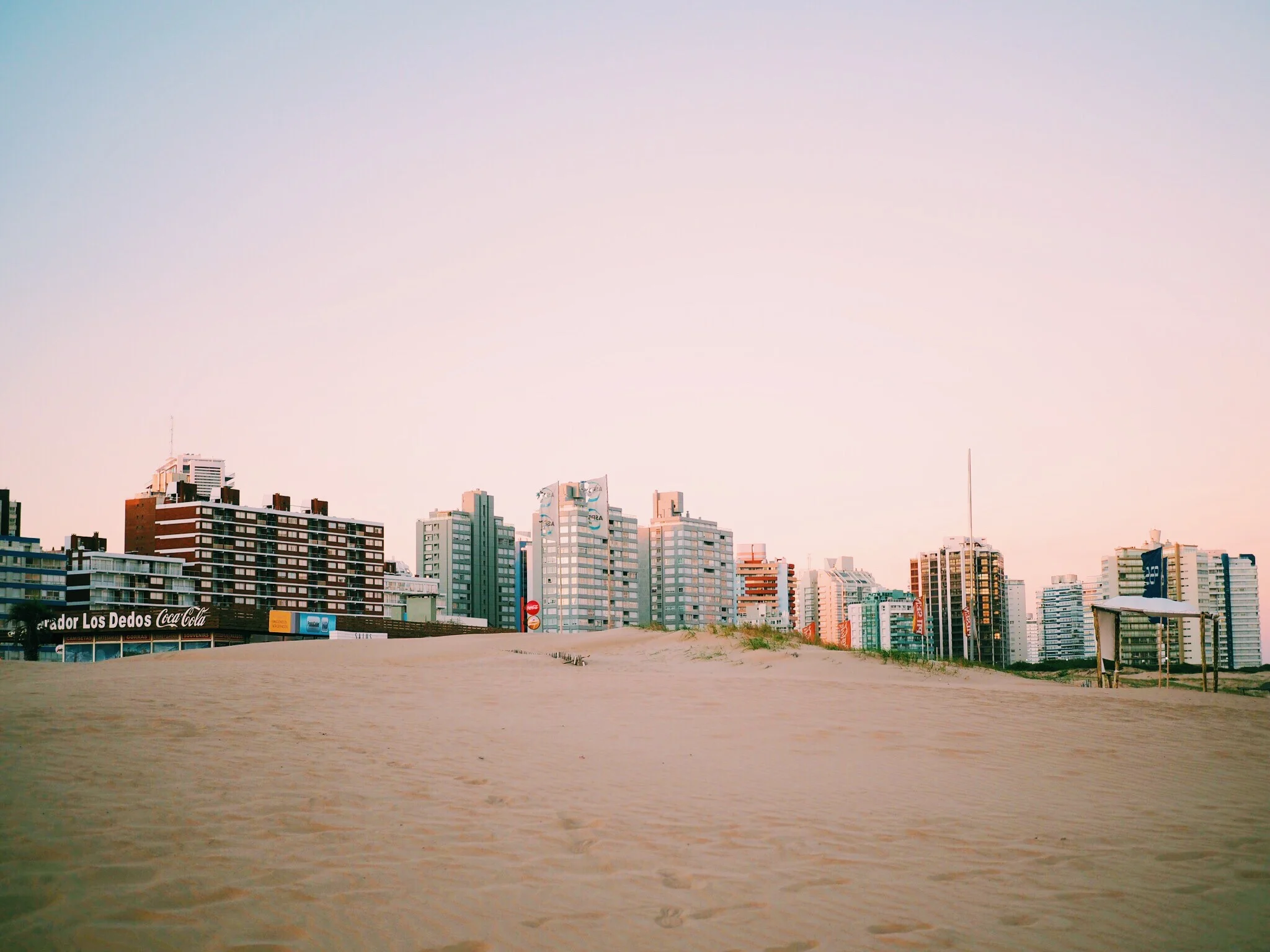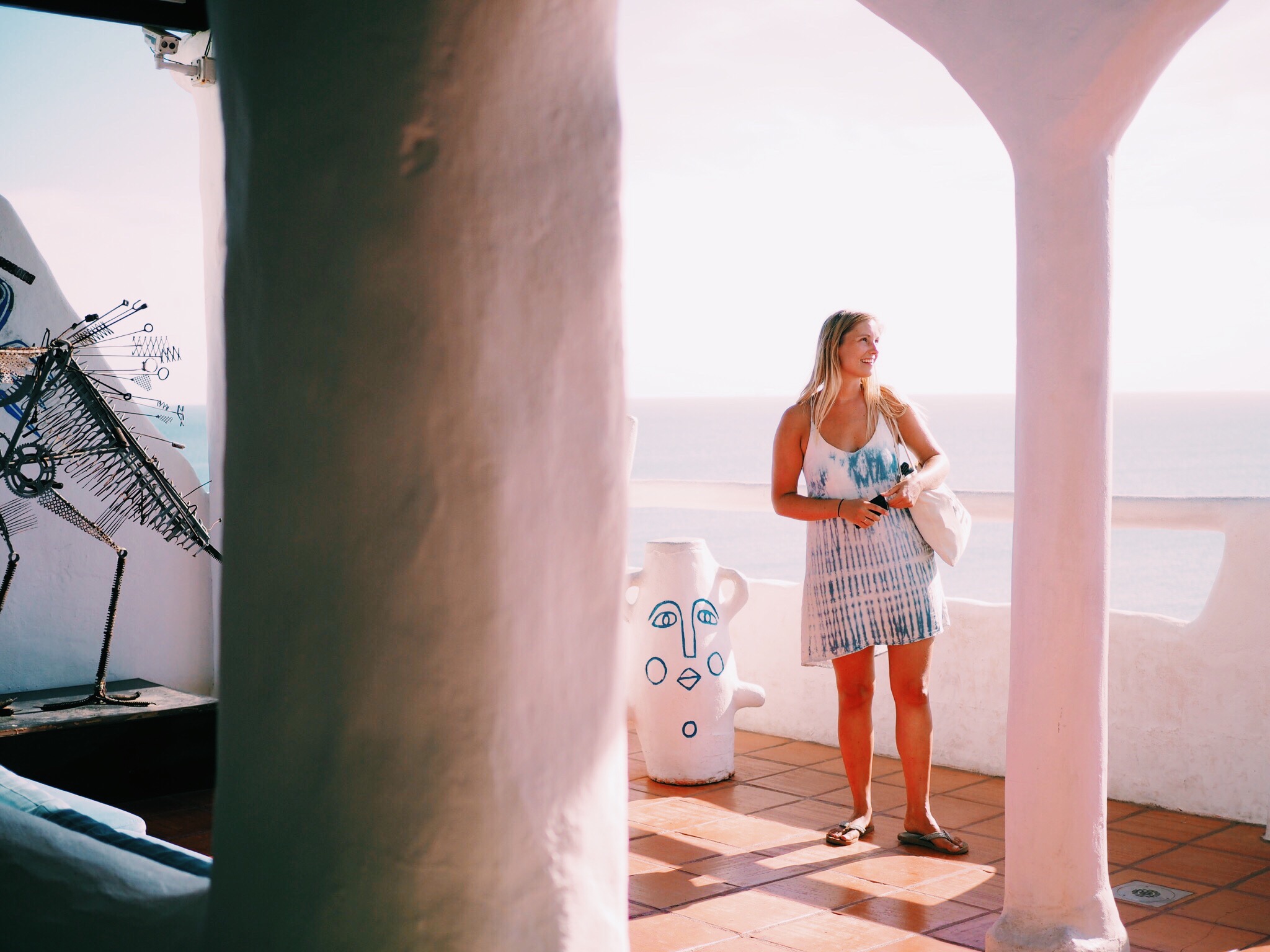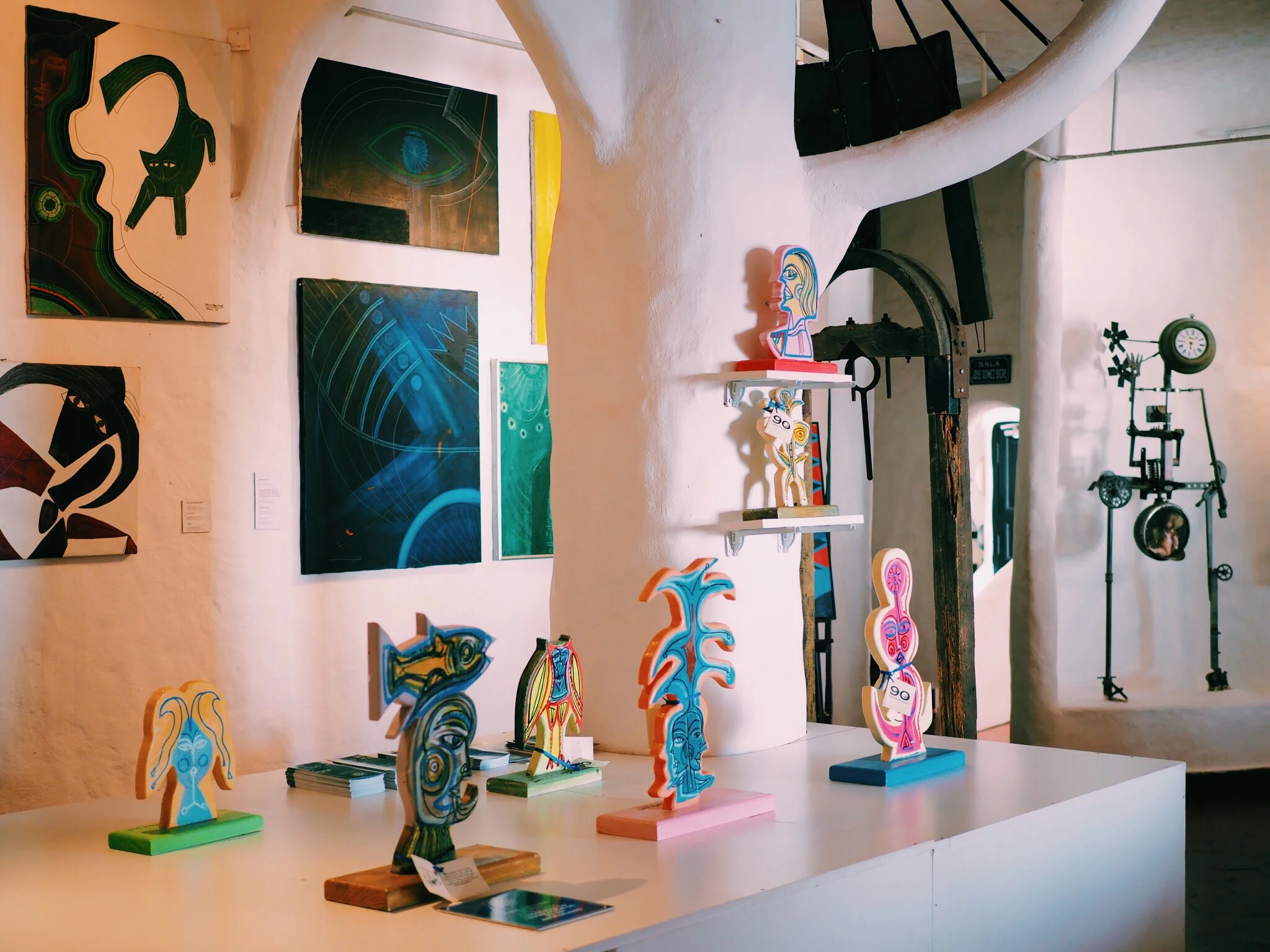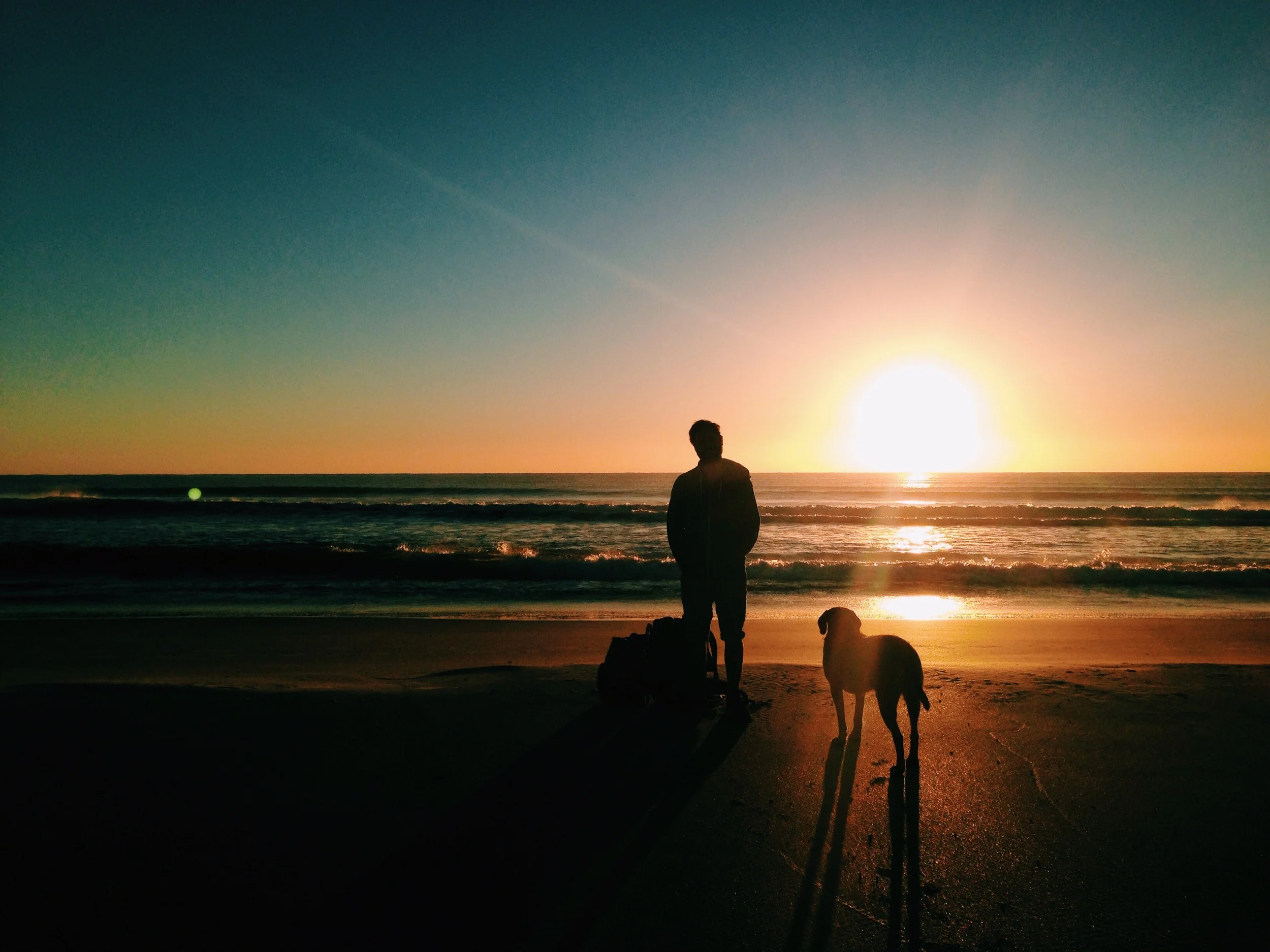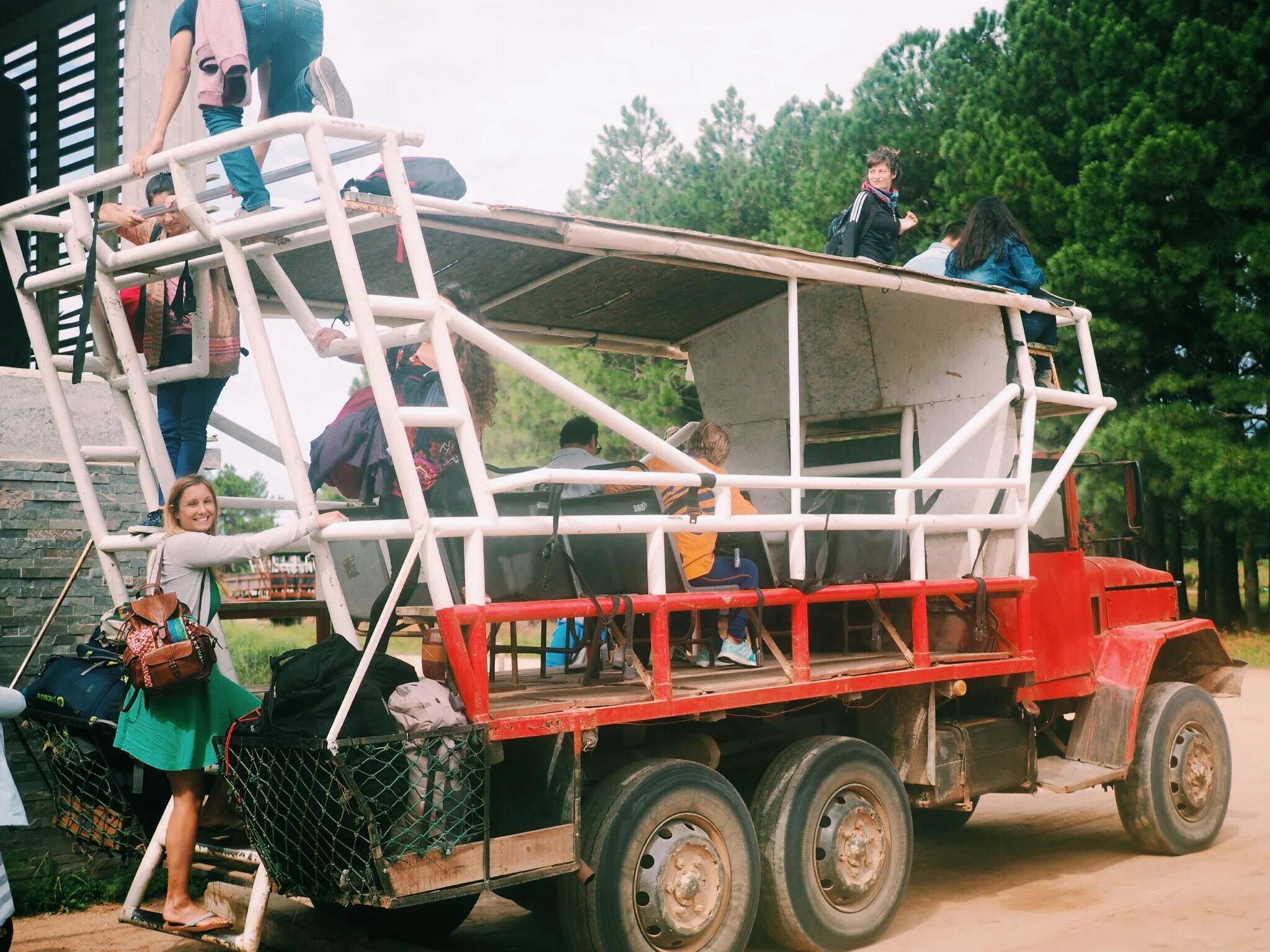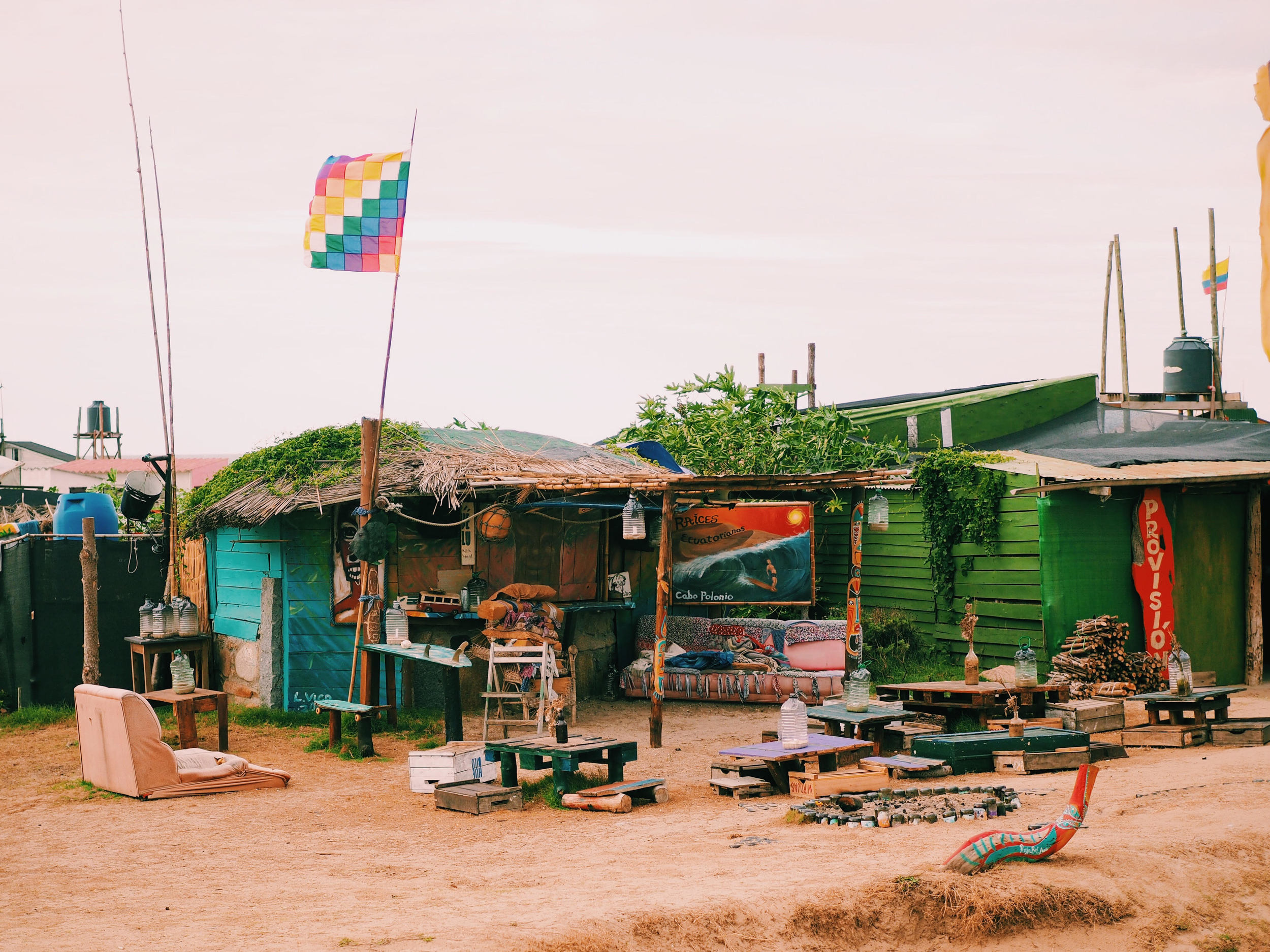Adventures in Uruguay — Part 2
Punta del Este
We'd heard that Punta del Este was the 'Miami of Uraguay’, so not knowing if that was a good thing or not we decided to spend just one night there to suss it out. On arrival, we found the description matched more or less exactly: the plush apartments, glassy sky scrapers and fancy shops were a drastic change from the small hippie towns we had left behind. After being dropped at the bus station we walked to Playa Brava beach where we could see the iconic 'Mano de Punta del Este' hand sculpture we'd seen frequently photographed on travel blogs. It was a little underwhelming in real life, but worth a picture during a sunset at the right angle.
One thing nearby that we were excited to see was the Casapueblo Hotel, so after wandering around the fairly uninteresting streets of Punta del Este we took a 30 minute bus ride up the coast and walked 15 minutes down hill to get to Casapueblo. Once the residence of the late artist Carlos Páez Vilaró, it now functions as a hotel, restaurant and art gallery containing many of his colourful abstract paintings and sculptures. The castle-like building was otherworldly, with brilliant white organic domes, turrets and balconies that jutted out from the steep cliffside where it overlooked an incredible ocean view.
Keen to find out more about the artist, we entered the museum and were immediately surrounded by Vilaró's expressive and colourful artwork as well as geometric sculptures and hand-painted pottery. It was a pure delight, a beautiful combination of cubist style with tribal influences from South America. We watched a 20 minute video about his adventurous expeditions he would embark on to inspire his work, largely revolving around the struggle of black populations, starting in Brazil and then spanning around the world.
After taking a final wander around the hotel balconies we decided to head down to the rocks below and take a swim in the clear, calm and incredibly inviting sea where we could get a perfect view of the entire building. Unfortunately there was no impressive sunset, but it didn't detract from what had been a truly memorable experience.
Montevideo
After speaking to fellow travellers and locals about Montevideo, we decided not to spend too much time in the capital as there were more exciting places ahead. We arrived in the early afternoon and strolled from the bus station down the grand yet tired-looking streets and dropped our bags at our hostel ‘Buenos Vibras’ (or good vibes!). We spent the evening drinking beers with other hostel guests and exploring a few of the many decent local bars in the area.
The following day we had a quick breakfast in the hostel before getting on our bus. In hindsight we felt we should have given Montevideo a bit more time so that we could explore what the city had to offer properly, but we were excited for our next and final stop in Uruguay: Colonia del Sacramento.
Colonia del Sacramento
Located two and a half hours bus ride from Montevideo, Colonia is a beautiful old town and UNESCO heritage site with cobbled streets, pastel-coloured houses, boutique art galleries and quaint cafes and restaurants spilling out onto the streets. It was a great place to amble around on a sunny day and enjoy a lazy lunch surrounded by Colonial history.
We found a great little restaurant that served freshly made Paella, and we sat in the sunshine drinking wine and feeling like we were holidaying in the Mediterranean! After a rather disappointing view from the lighthouse (we wouldn't recommend paying, far to crowded!) we got a tub of Dulce de Leche gelato and found a patch of grass to chill on.
That evening we decided to head to Bistro Charco, one of the best restaurants in the area. It was a very stylish stone building with a dimly lit garden area and slick, minimal interior. We ordered steak and salmon, which were both beautifully cooked, accompanied with delicious Chilean Wine. We enjoyed treating ourselves after a week of much more basic hippie living!
We felt that a one nights stay in Colonia was more than enough to see everything, and although the town was very pretty in places, we found it didn't really compare with the overall beauty of Paraty's old town. It was still well worth a visit (especially as we had such great weather) and as we boarded the ferry to Buenos Aires we felt glad we'd had the chance to explore Uruguay's incredibly varied coastal towns during our trip.

